Samsung “Matters”
Back in June of last year we wrote about something called 'Matter', an internet protocol that in simple terms was developed to certtify that CE devices will work seamlessly and will allow for more connections between products, along with making it easier for manufacturers to develop new products, in other words the ability for any “Matter” certified product to communicate (with the permission of the user) with any other certified device. A detailed understanding of the protocol is not necessary for anyone other than product developers, as one of the objectives is to make consumer oriented “Matter” certified products able to communicate with other “Matter” products without any unusual consumer intervention (other than giving permission).
The concept will be applied to smart lighting, TVs, motion sensors, thermostats and a wide variety of other devices, and will allow a ‘Google (GOOG) Home’ device, such as a speaker, to work with Amazon (AMZN) Alexa, or Apple’s (AAPL) Homepod. Rather than the consumer having to make the brand decision, and then being forced to remain with that brand, the consumer can look to see if products are “Matter” certified, indicating they can interoperate and then choose the device by its function rather than its brand. The original founders of what is now “Matter” are Amazon, Apple, Comcast (CMCSA), and Google, but key CE brands like Samsung and Huawei (pvt) are key players in the project, along with retailers like IKEA (pvt) and Kroger (KR), and semi suppliers such as Texas Instruments (TXN) and ST Micro (STM) and 150+ others. The standards themselves are free so there should be little reason for CE companies not to join the alliance, especially if the “Matter” certification gives consumers the confidence to buy such a certified product over the hundreds of smart home IoT products.
Samsung Electronics is expected to be the first global home appliance company to support the new standard in its TVs, monitors, and refrigerators starting in 4Q, and with “Matter” as the basis for managing IoT devices, those products will be able to be smart home ‘hubs’ that can be used to control other IoT devices outside of the Samsung brand. With 300 other companies committed to the project consumers eventually will not be bound to a brand hub, such as Apple’s HomePod or Amazon’s Alexa, but will be able to choose any certified product as a hub that will be able to control all certified products.
There are certainly implications for the CE space here, as proprietary products will have a difficult time competing with “Matter” products, but whenever the ‘proprietary’ nature of products is lessened, competition intensifies. In this case, using a consumer oriented perspective, competition will likely bring down prices for smart products generally, and from a brand perspective proprietary R&D costs will now go toward the development of better hardware and applications, rather than relying on the ‘lock-in’ of a proprietary system to keep consumers ‘sticky’. Not to say there will only be ‘cheaper’ products, as brands will still have the impetus to create tiered product pricing, but such products will have to compete more directly with other brands and will no longer have the captive consumers that they once held.
All in, “Matter” is a positive for the ‘smart’ market, which has had so many false starts that it is difficult to build a real timeline for the space. That said, there has to be momentum behind “Matter” and that means other brands have to take the protocol seriously. We expect once Samsung is able to garner the spotlight as the first “Matter mover, others will quickly follow. It would be difficult for LG Electronics not to be presenting something similar, given the similar product linecard, and even Apple, known for its proprietary systems, is a top-line member and a likely candidate for at least building in the protocol in some products. China is certainly a major part of the “Matter” project, with Huawei and Oppo (pvt) also in the top tier, and BOE (200725.CH), Haier (6690.HK), Hisense (921.HK), Vivo (pvt), Xiaomi (1810.HK) and TCL (000100.CH) all members of the alliance, so there will be no shortage of companies vying for a post position in the smart home market, which means the availability of new products with fewer bells and whistles and lower prices..


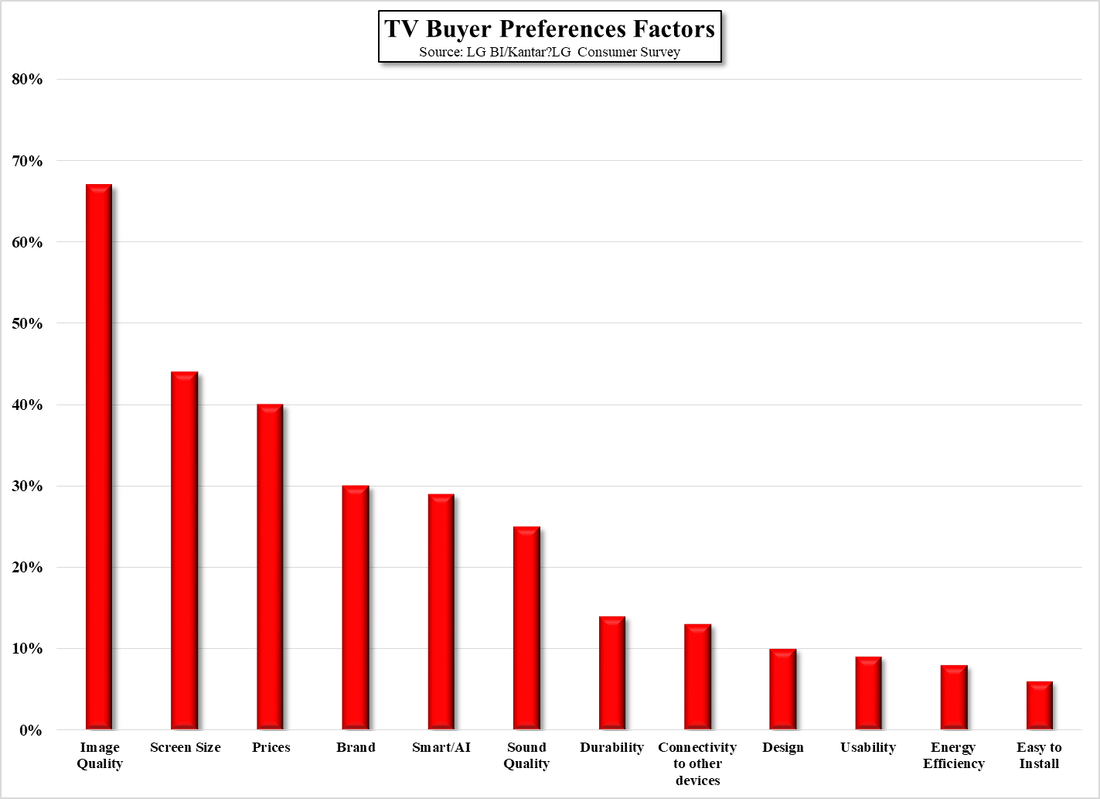
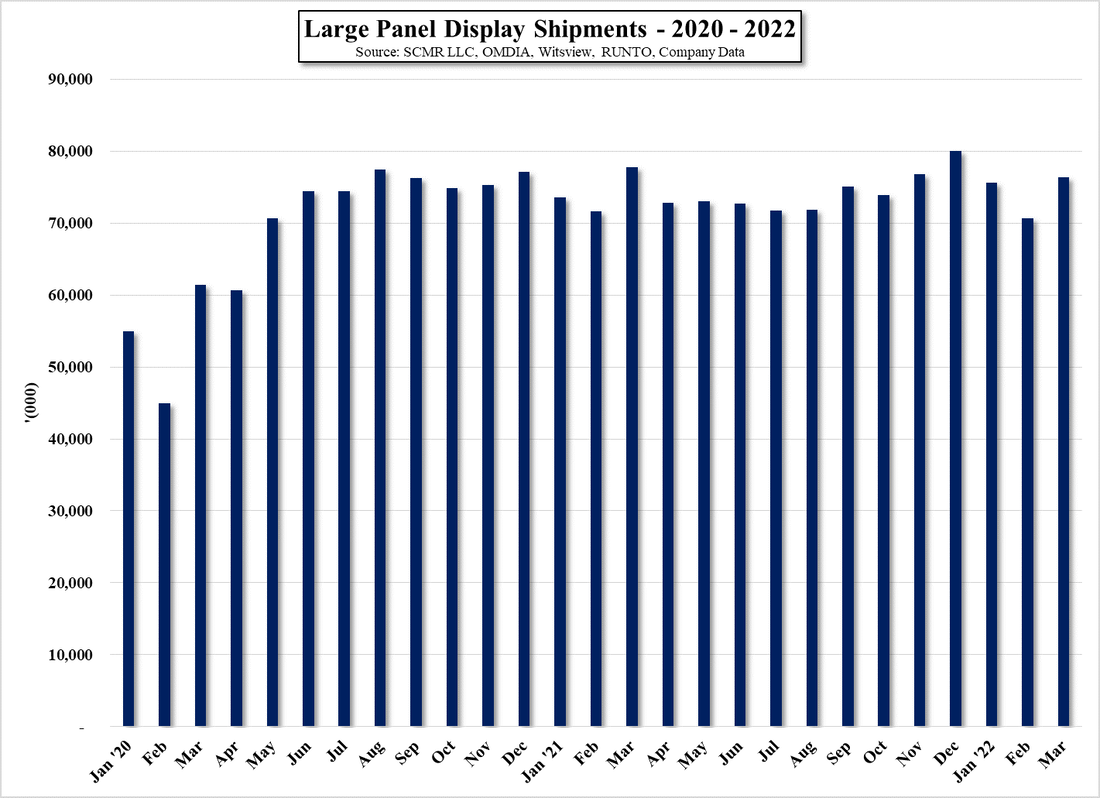
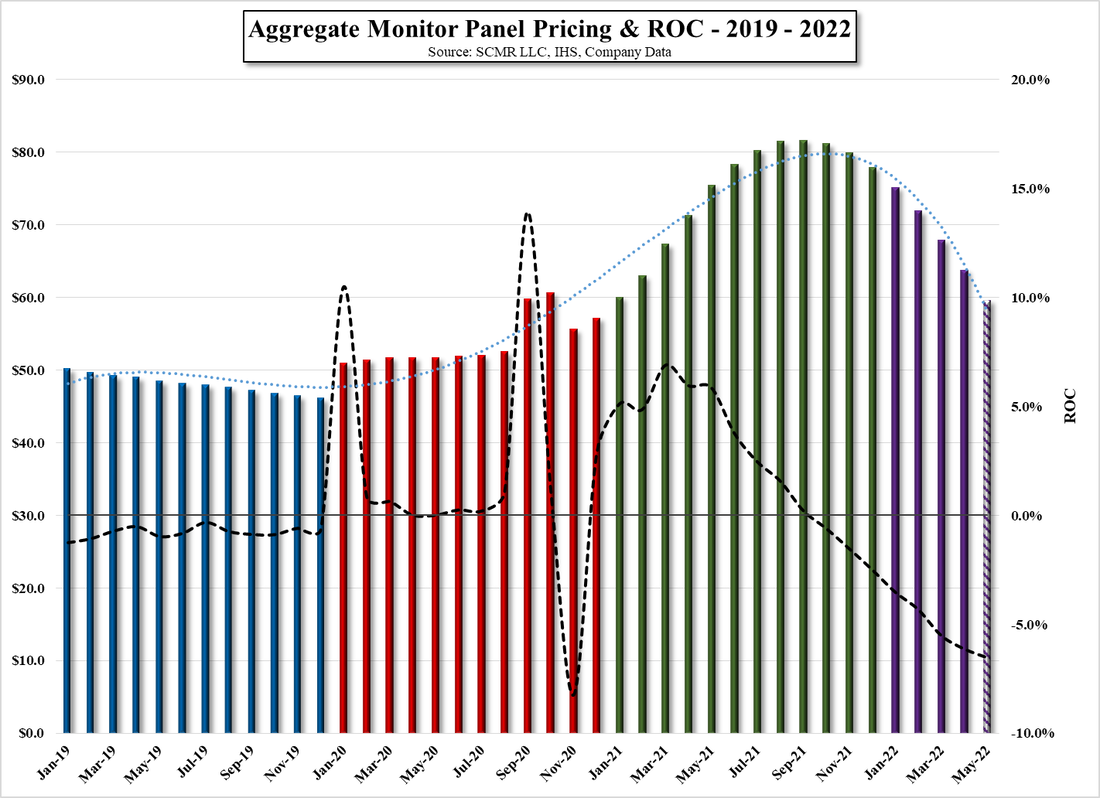
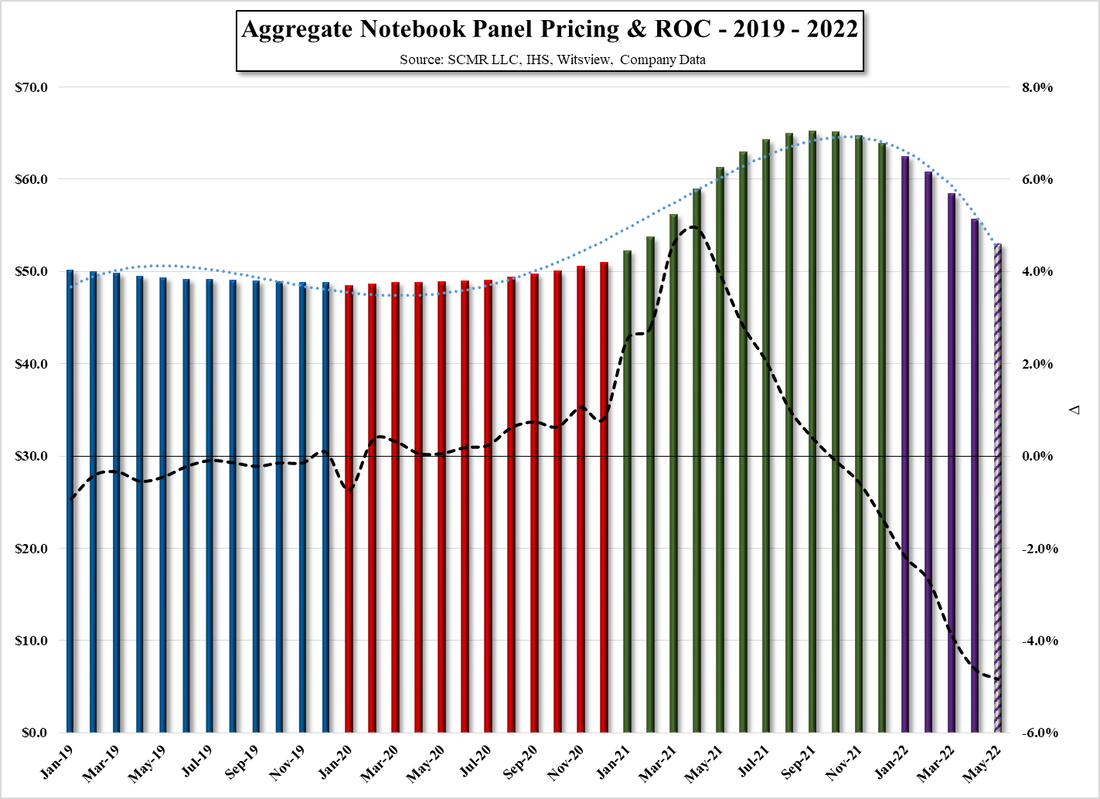
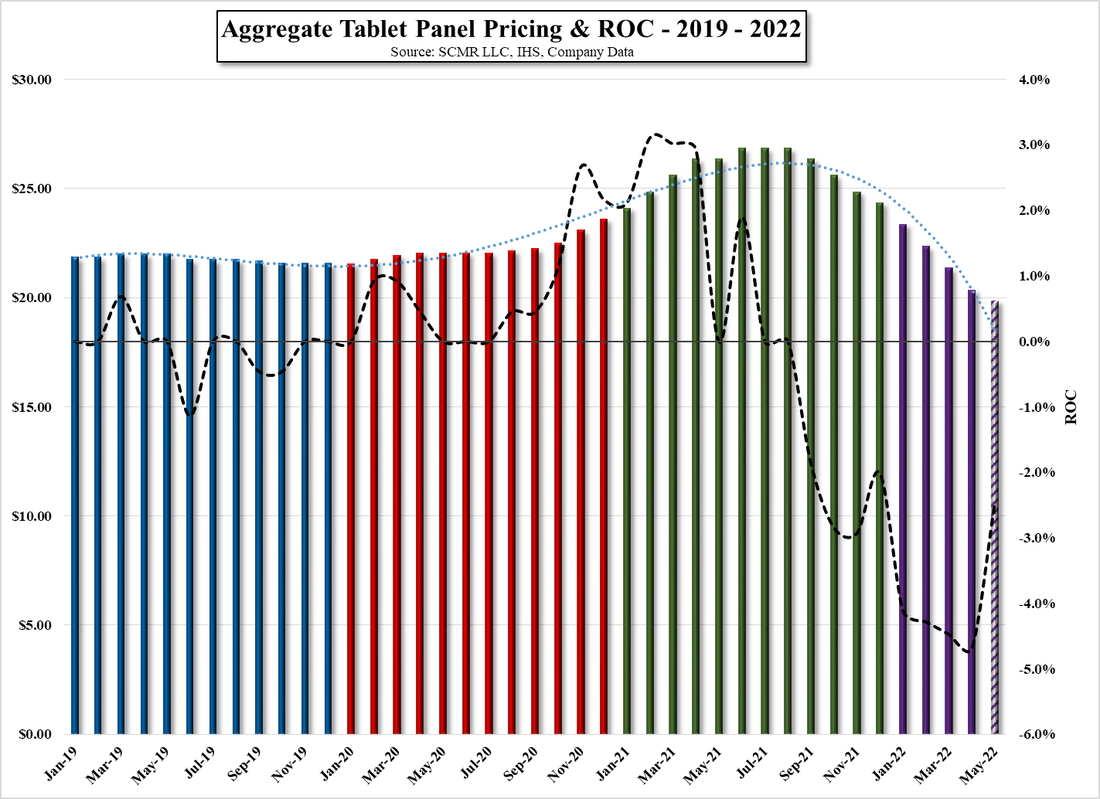
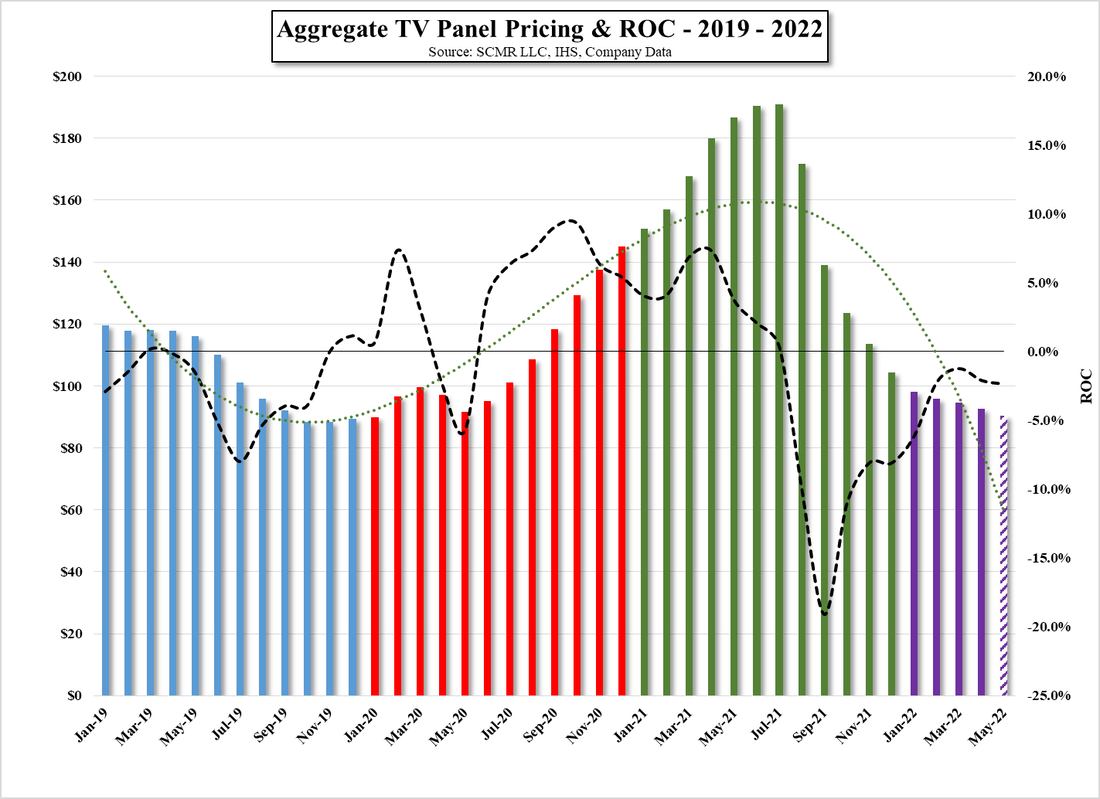
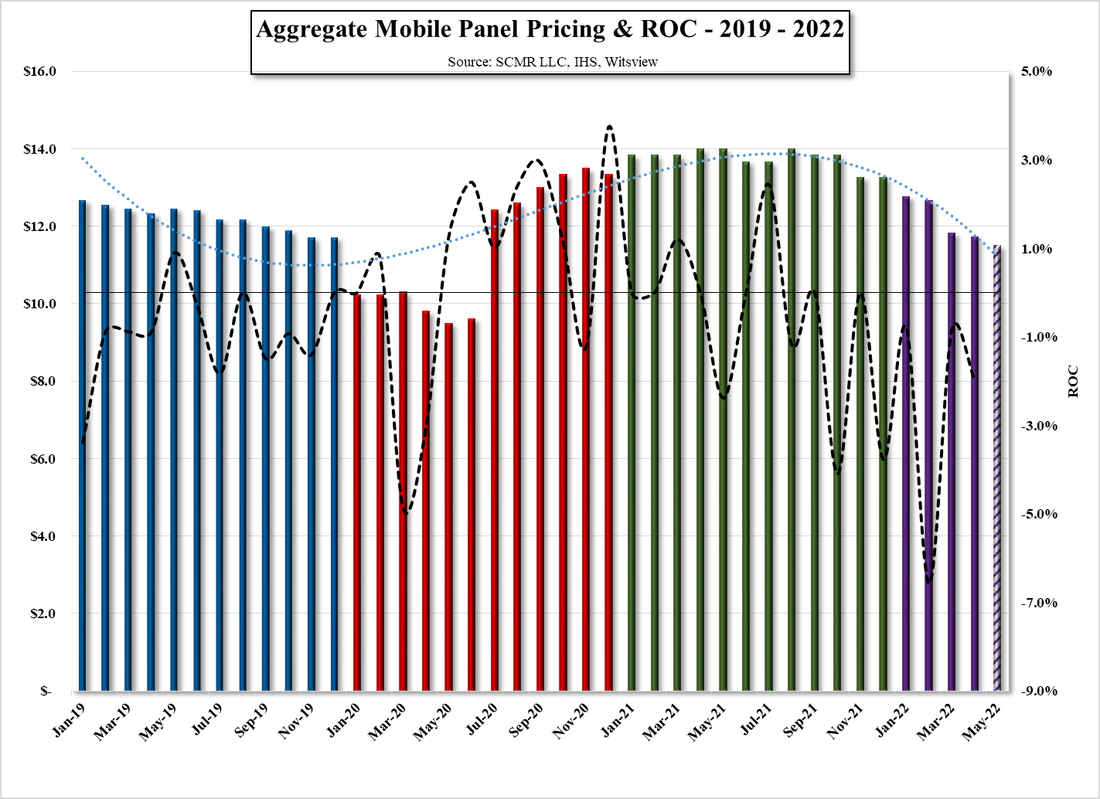

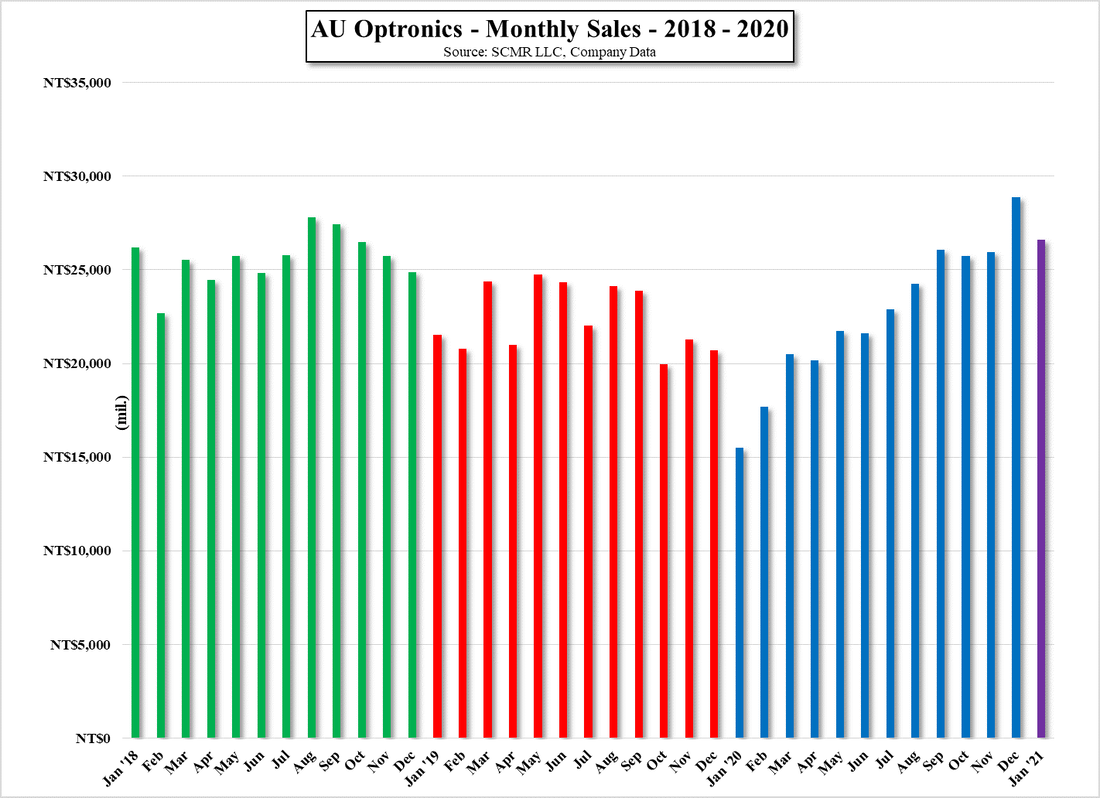











 RSS Feed
RSS Feed